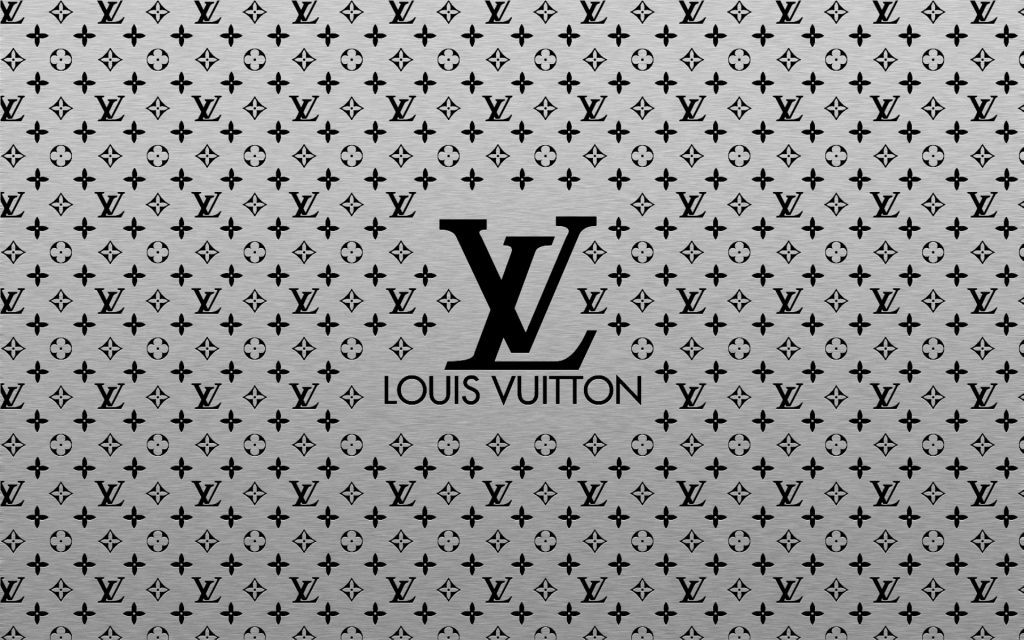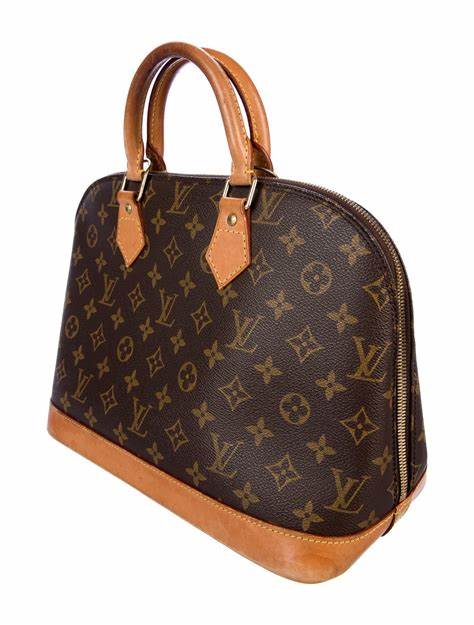Louis Vuitton, a brand synonymous with luxury travel goods and high fashion, has been a dominant force in the fashion industry since its inception in 1854. Founded by Louis Vuitton Malletier himself, the brand has evolved from a small Parisian workshop specializing in trunks to a global luxury powerhouse. This essay explores the rich history of Louis Vuitton, its evolution through the years, key contributions to fashion and luxury, and how it has managed to remain at the forefront of the industry by blending tradition with innovation.

Founding and Early Years
Louis Vuitton’s journey began in a small Paris workshop, where Vuitton’s expertise in trunk-making quickly garnered the attention of France’s elite. The brand’s early innovations, such as the flat-topped trunk and the Trianon canvas, revolutionized luggage, making it easier to transport and stack for travel. These innovations laid the foundation for Louis Vuitton’s reputation as a master of high-quality travel goods.

Growth and Expansion
Under the leadership of Georges Vuitton, Louis’s son, the brand expanded its product range and global presence. The introduction of the iconic Monogram canvas in 1896, with its distinctive motifs and the LV initials, became a symbol of quality and luxury worldwide. The brand’s foray into handbags, accessories, and later ready-to-wear fashion under creative directors like Marc Jacobs and Nicolas Ghesquière, further cemented its status as a fashion icon.
Iconic Products and Designs
Louis Vuitton is renowned for its handbags, luggage, and accessories, with several pieces achieving iconic status. The Speedy, the Neverfull, and the Alma bags are not just fashion statements but symbols of luxury and timeless style. The brand’s commitment to craftsmanship and quality is evident in every product, from leather goods to the latest fashion collections.
Innovation and Collaboration
A key aspect of Louis Vuitton’s enduring success is its ability to innovate and adapt. The brand has embraced technology and digital marketing, offering personalized experiences and leveraging social media to reach a broader audience. Collaborations with artists, designers, and celebrities have kept the brand relevant and at the cutting edge of fashion. Partnerships with figures like Takashi Murakami, Stephen Sprouse, and Virgil Abloh have resulted in groundbreaking collections that blend high fashion with art and street culture.
Sustainability and Future Directions
In recent years, Louis Vuitton has increased its focus on sustainability, recognizing the importance of environmental responsibility in luxury fashion. The brand has implemented measures to reduce its carbon footprint, promote sustainable materials, and support global conservation efforts. As Louis Vuitton looks to the future, it continues to balance its rich heritage with a commitment to innovation and sustainability.
Conclusion
Louis Vuitton’s journey from a Parisian trunk-maker to a global luxury brand is a testament to its visionary approach to fashion and luxury. By continuously blending tradition with innovation, embracing new ideas, and adhering to the highest standards of quality and craftsmanship, Louis Vuitton has maintained its position as a leader in the fashion industry. As the brand moves forward, it remains dedicated to the spirit of adventure and excellence that has defined its history.